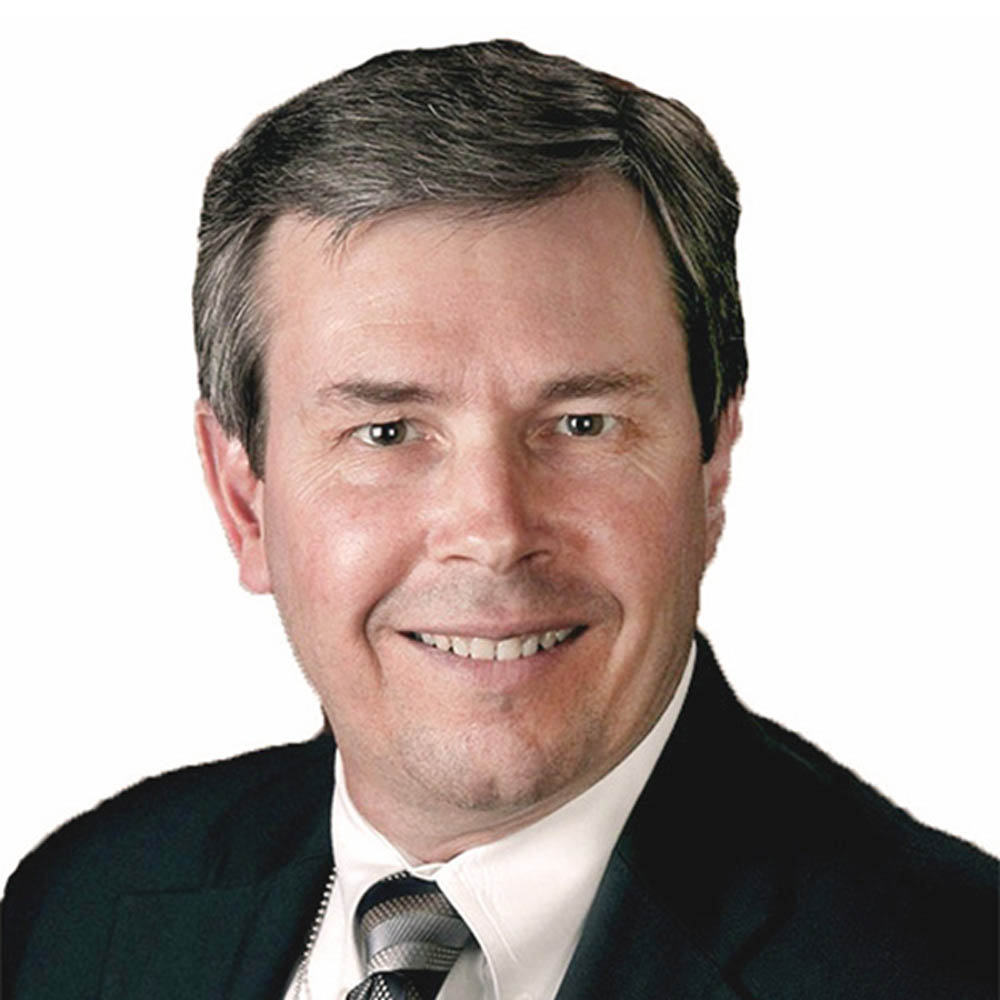

The COVID-19 pandemic has forced insurance carriers to rapidly and efficiently execute on their business continuity plans while implementing a series of virtualization and digitization capabilities. Many have remarked upon how well this has gone, with some surprisingly positive improvements in productivity being reported. This has been something of a silver lining inside a generally dark cloud.
More recently, some insurers have noted a sense of “Zoom fatigue” as the novelty of video-based events has worn off and the reality of being in high-stress personal and professional circumstances has become more acute. This may also be related to the realization that this is not a sprint—it has become a marathon. Many organizations, realizing this, have pushed their return-to-office plans back until 2021.
All of this is somewhat reminiscent of the Hawthorne effect, something that emanated from productivity studies conducted in Western Electric facilities in the 1920s. Quickly summarized, researchers noted productivity gains when the lights were made brighter. When the lights were later dimmed, they again found productivity increases. The changes were not driven by illumination levels, but rather by “changing things up” and by changes in levels of observation.
It is possible we are experiencing some form of the Hawthorne effect now. The increased productivity and levels of engagement that have been seen this year may, at least in part, be transitory. While video calls became normalized as a professional communications channel, by the fourth month of the pandemic there seemed to be an increased reluctance to turn cameras on. Often, participants of Novarica’s audio-only events thank us for skipping the video. “Classic” virtual meetings are making a comeback already!
This aligns with some contemporary research that suggests employees are struggling with some aspects of the “work from home” phenomenon. There are also reports of increasing mental health concerns as the pandemic extends with no obvious end in sight.
When presented with a bushel of lemons, perhaps the best thing to do is make lemonade. Building on our emerging reality and leveraging the Hawthorne effect, now may be a good time to start changing up the environment. Ideas to consider include:
- Mix up communications media more aggressively. Use video where it makes sense for added value. Avoid it where it doesn’t.
- Block time on calendars to avoid meetings of any kind. Perhaps that means forced meeting “no fly” windows to give people a break and let them recharge over lunch. Perhaps it means days during the week that are designated as “meeting free.” Whatever the best course of action is, these changes can show real leadership and could be the equivalent of turning the lights up. Or down.
- Consider virtualization for more intimate meeting sessions. In a pre-pandemic world, I frequently pursued one-on-one walking sessions. This can easily be accomplished on audio or video. It breaks the monotony of being at a desk for too long and supports physical health too.
- If people are working longer days anyway, consider a modified work week (e.g., four days) to get people out and about. Past studies have demonstrated that productivity actually falls above specific, measurable thresholds. Activity and productivity are two different things, and it is important for leaders to recognize the difference.
An enduring lesson from my high school track team days is that training differs for sprints versus marathons. It’s not clear how long the pandemic will last; now is a great time to revise organizational human capital planning. Much of this was explored in a recent Novarica Virtual Town Hall Meeting—to learn more, listen to the recording of that session here.
Add new comment